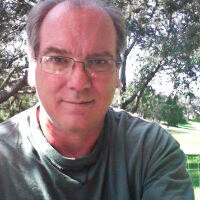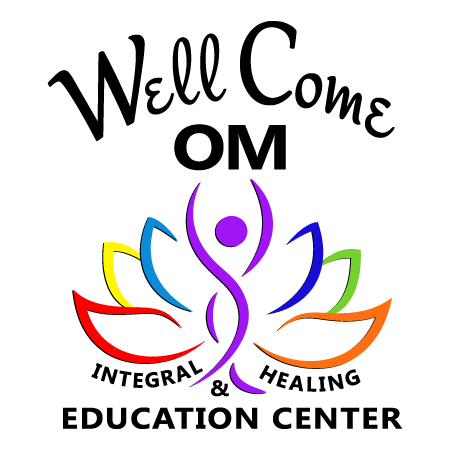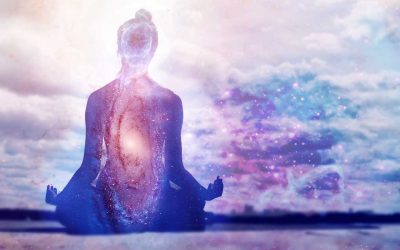Table of Contents
Read Parts 1 & 2 of the Series:
The Creeping Paradigm Shift in Psychotherapy Part 1: Introduction
The Creeping Paradigm Shift in Psychotherapy Part 2: Cross Cultural Innovations
“How difficult it is to reach anything approaching a moderate and relatively calm point of view in the midst of one’s emotions.” ― C.G. Jung
The new approaches also present an underlying shift in the understanding of emotions. It is a primary result of these interventions that any negative emotion can be eliminated, thus the name Emotional Freedom Techniques.
If these emotions can be eliminated, what remains? Clinical experience demonstrates that the client is left with a feeling of peace and calm, and the emotional content of the memory or situation has been neutralized. The subjective rating of the memory goes from 10 to 0 within a few moments of practice.
Clients have often remarked of the previously disturbing memory: “It’s just something that happened.” Yet, positive emotions, unless anchored in trauma, remain unaffected. There is an underlying feeling of calm awareness that is basic consciousness.
This basic underlying consciousness is what is often referred to as Universal Consciousness in yoga – not universal in the sense that it comprises an awareness of the Universe, but universal in the sense that we all participate in this basic awareness.
Negative emotions do not appear to be a part of our true nature, as we can remove them. Anything that is positive is left in place, and, over time, the personality becomes organized around a center that is calm and serene.
Traumatic memories and negative emotions are organized into a false self, or Ego. Over the years, we accept this false self as our natural state of consciousness. The false self is composed of negative emotions and traumatic memories organized into complexes around Archetypal themes. The complexes give rise to defense mechanisms, giving us the illusion of control.
The traumas and negative emotions also distort our perception of reality. Emotionally, we may mistake our boss for our father, or our spouse for our mother. The Archetypal patterns can determine our choices, take over our lives as we mistake the archetype for our true selves, and, through synchronicity, the archetypal pattern can determine our experience.
“Our essential nature is usually overshadowed by the activity of our mind.” – Patanjali
When we are in the midst of the false self, we feel we have free will, when, in reality, we are having knee jerk reactions to emotions and past trauma that keep us stuck in pattern.
The false self is like a onion that has to be disassembled. It contains a lifetime of trauma and negative emotions that are layered and intertwined. One of my colleagues described it as a “ball of dirty, tangled, knotted yarn.”
Yet, at the core of the personality exists a calm center within us all. This calm center is revealed as the traumatic memories and negative emotions are removed. This concept is not new, but can be found in Eastern religions and philosophies such as Yoga, Taoism and Buddhism.
As the I Ching, a 5,000 year old Chinese oracle, states: “The Ego dissolves and the Self fills the resulting void.”
Read More In This Series:
The Creeping Paradigm Shift in Psychotherapy Part 4: Brain Systems and Functions – The Hemispheres
About the Author
 Matthew Fox, LMHC, CAP is a mental health counselor with over 20 years experience in the treatment of substance abuse and trauma. He specializes in cutting-edge approaches that integrate neurobiology, yoga psychology, acupressure, and meditation. He has presented professional trainings in Europe, Australia, and the US.
Matthew Fox, LMHC, CAP is a mental health counselor with over 20 years experience in the treatment of substance abuse and trauma. He specializes in cutting-edge approaches that integrate neurobiology, yoga psychology, acupressure, and meditation. He has presented professional trainings in Europe, Australia, and the US.





